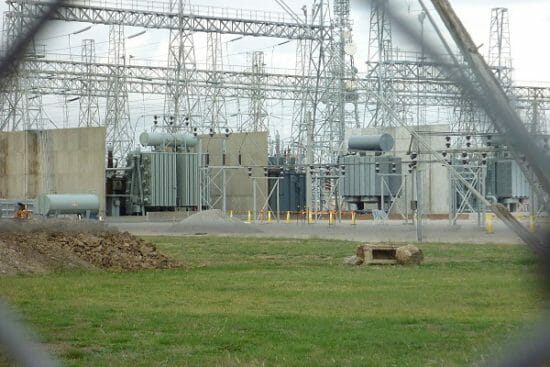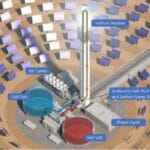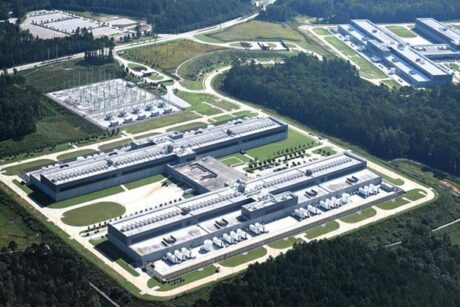No data found for Custom Course Number
No data found for Custom Course Units
Intended Audience: electrical engineers & all engineers in general
PDH UNITS: 4
This course presents an overview of modern electrical substations, emphasizing their importance for reliable and effective operation of power systems, describing all major, auxiliary and control equipment, listing typical engineering issues associated with substation design and engineering and providing recommendations for addressing these issues. The whole course consists of three sections: Section 1: Mission of Electrical Substations and their Main Components Section 2: Electrical Substation Auxiliary and Control Systems Section 3: Electrical Substation Engineering Aspects Section 1, presented here, starts with discussion about main goals that every utility company has, followed by description of a typical power system structure, justification for voltage transformation and mission of substations. The next part of Section 1 is covering all main components of substations including their mission, components, types and arrangement. All explanations are supported by numerous photos showing all substation major equipment and it’s installation options. The Course and it’s Section 1 are designed for any engineering professionals looking to expand their knowledge and experience in modern electrical substations, including: • Electrical engineers and designers • Civil and mechanical engineers and designers • Utility company field personnel • Utility company management
- To give participants a clear understanding of modern power systems arrangement, including the structure of Transmission and Distribution (T&D) system
- To explain what substation mission and place in the overall T&D structure are
- To expand participants knowledge of substation main components
Learning Objectives
At the conclusion of this section of the course, you’ll be able to:- List typical power system voltages
- Describe the reasons for voltage transformation
- Explain the meaning of sectionalization of power systems
- Describe all major substation components including:
- Power transformers
- Switching equipment
- Substation bus system
- Instrument transformers
- Explain when to use each type of switching equipment
- List all advantages and disadvantages of each type of substation bus system, including:
- Open air rigid bus
- Strain bus
- Gas insulated bus
- Cable bus
- Explain what current and potential transformers are used for and what their standard secondary values are
- Explain why overvoltage protection of substation elements is needed and what major means of this protection are
- List substation equipment installation options
Once completed, your order and certificate of completion will be available in your profile when you’re logged in to the site.









